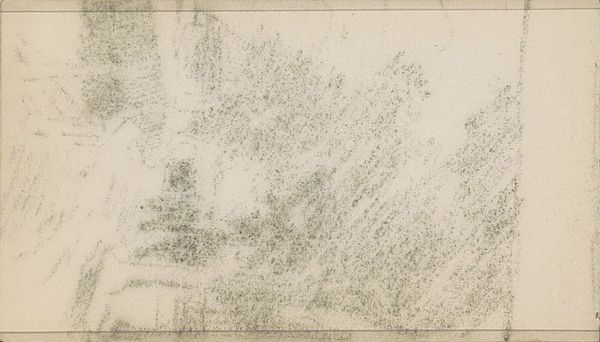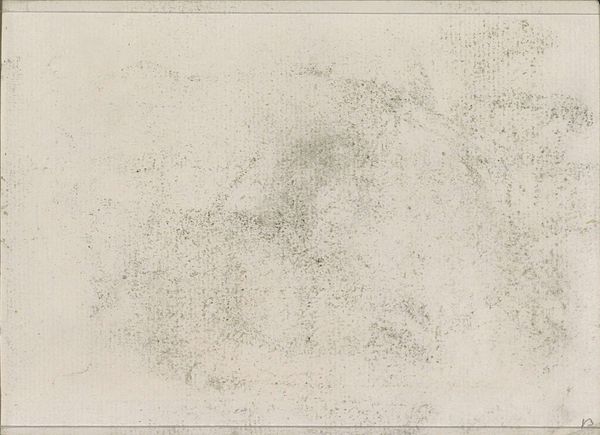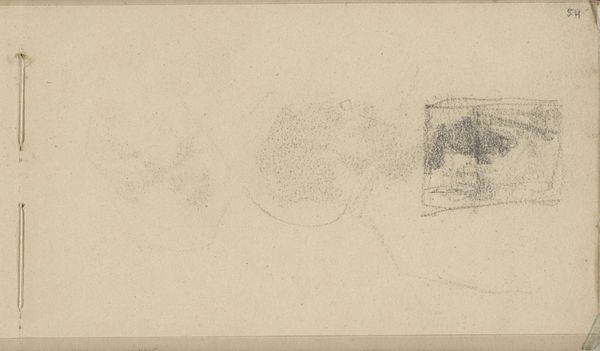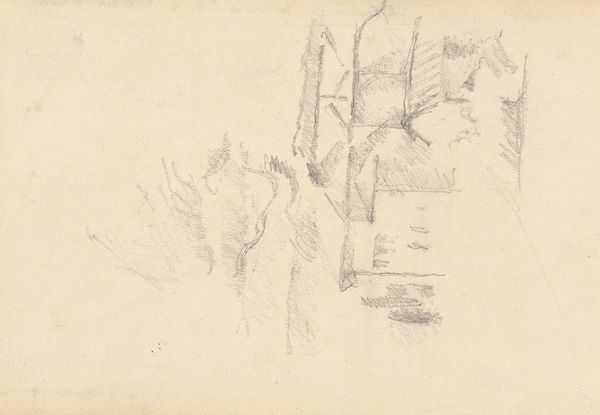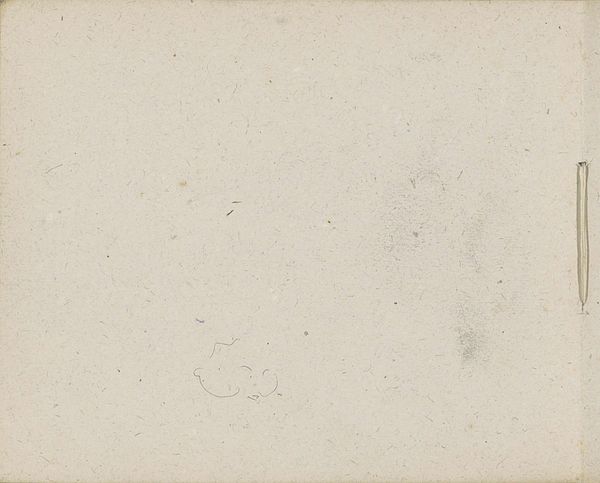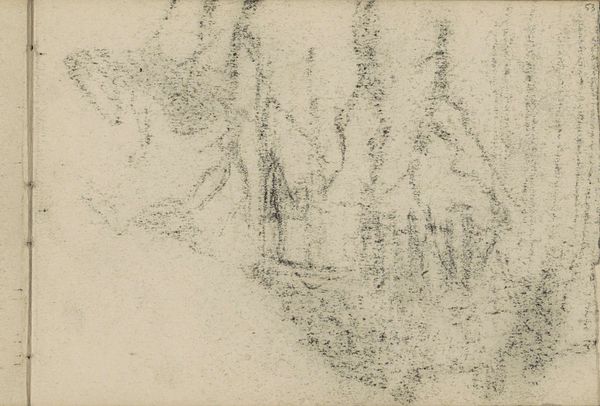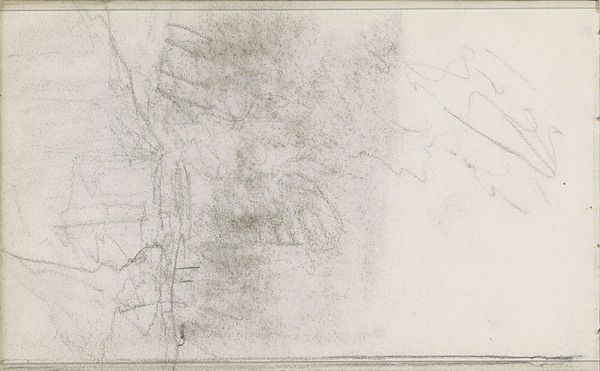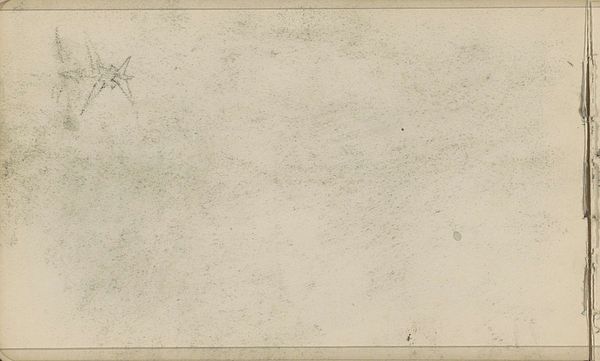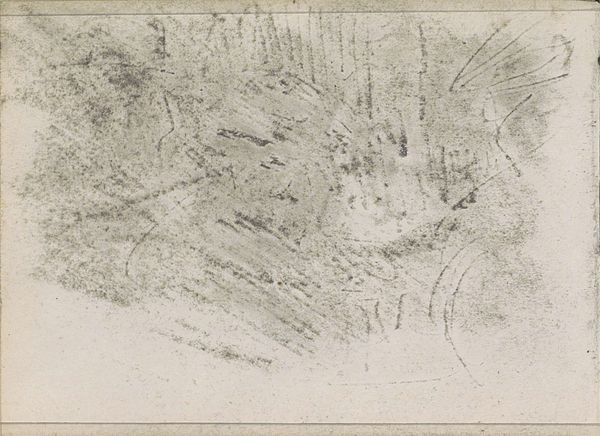
drawing, paper, pencil
#
drawing
#
paper
#
pencil
#
abstraction
#
modernism
Copyright: Rijks Museum: Open Domain
Editor: Here we have Isaac Israels’ “Abklatsch van de potloodtekening op pagina 33,” a pencil drawing on paper from around 1919, held at the Rijksmuseum. It's quite faint, almost ghost-like. What exactly am I looking at here? What is the social context for what seems to be a very personal artistic study? Curator: This drawing invites us to consider the role of sketching in early 20th-century artistic practice, particularly within modernism's emphasis on process and experimentation. Given that this is a transfer, an 'abklatsch', it prompts questions about reproduction, authenticity, and the artist's intentionality. Was it meant for public consumption? What was the social role of sketchbooks? Editor: Reproduction? Authenticity? Is this artist's rough draft valuable beyond its role of preparation to something more substantial? Curator: Think about the time. It's 1919; war is over but its effects linger. Materials might have been scarce, encouraging re-use and innovative techniques. "Abklatsch" suggests resourcefulness, perhaps even a commentary on societal constraints. It is not uncommon for preparatory work from well-known artists to now receive the spotlight, precisely because of the art historical importance in revealing insight into an artist's methods and perspective. How does the fact it is displayed in a museum change its function? Editor: I guess I’m viewing what was intended as ephemeral as a work in and of itself, granting it a permanence the artist never intended. I can see how displaying this gives us an insight into the process of Israels and artmaking in the period. Curator: Exactly! We also begin to understand museums less as neutral spaces but institutions with the power to create artistic value by taking these processes and turning them into focal points. Editor: I never thought a drawing so faint could tell such a nuanced story about art, culture, and the power of institutions.
Comments
No comments
Be the first to comment and join the conversation on the ultimate creative platform.


